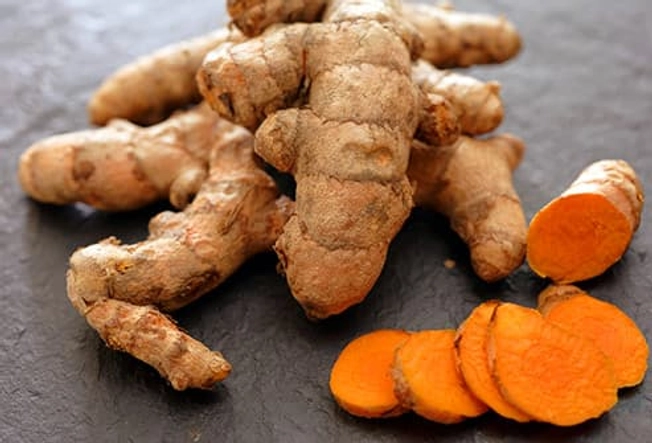Foods That Fight Pain


Ginger
A staple of traditional medicine, this pungent root is probably best known for its anti-nausea, stomach-soothing properties. Some research suggests ginger can relieve menstrual cramp pain.

Blueberries
These little juicy gems have lots of phytonutrients that may fight inflammation and lessen pain. If it's not berry season, frozen blueberries can have the same or even more nutrients than fresh. Other fruits with antioxidants and polyphenols, including strawberries and oranges, can have a similar soothing effect.

Pumpkin Seeds
Pepitas are a terrific source of magnesium, a mineral that may cut the number of migraines you get. It may also help prevent and treat osteoporosis. But despite what you may have heard, it doesn't seem to stop leg cramps at night. For more magnesium, add almonds and cashews, dark green leafy vegetables (like spinach and kale), beans, and lentils to your diet.

Salmon
Loaded with anti-inflammatory omega-3 fatty acids, salmon makes just about all of the "good for you" lists. It's considered heart-healthy and may relieve joint tenderness if you have rheumatoid arthritis. Other varieties of cold-water fish, including tuna, sardines, and mackerel, are good choices, too. Avoid tilapia and catfish, though: Their higher levels of omega-6 fatty acids may promote inflammation.

Turmeric
The compound in the spice that gives curry its bright orange-yellow color can affect several processes in your body, including inflammation. Studies of people with rheumatoid arthritis and osteoarthritis who took supplements of curcumin found they could walk better and without the side effects of taking drugs. Black pepper can help your body absorb it, so try a blend of the spices, steeped with ginger and honey into a tea.

Tart Cherries
In one study, runners who drank tart cherry juice starting 7 days before a race and on race day (12 ounces, twice daily) had significantly less muscle pain than a group who swigged a similar-tasting beverage with no natural juice. It could be from the antioxidants and anti-inflammatory compounds in the fruit.

Extra Virgin Olive Oil
Feel that peppery tingle in the back of your throat? That's acompound called oleocanthal that has anti-inflammatory properties. Extra virgin olive oil is part of a healthy diet and may relieve joint pain when used topically. EVOO also has lubricin, a protein that acts as a barrier that prevents cartilage from breaking down. Stick to lower temperatures (less than 410 degrees) when you cook with olive oil so you don't lose any of its many benefits.

Chili Peppers
Capsaicin, the stuff that gives chilies their heat, is well known for its painkilling properties in creams and patches. Some early research suggests that eating hot peppers, instead of putting them on your skin, may reduce and prevent inflammation, too. The "burn" also tricks your brain into releasing endorphins, which block pain signals.

Mint
Peppermint oil relieves the painful cramps, gas, and bloating that are the hallmarks of irritable bowel syndrome. Peppermint tea is a good soother for occasional tummy upset. In early research, Brazilian mint tea (made from the plant Hyptnis crenata) has been as effective as a prescription painkiller.